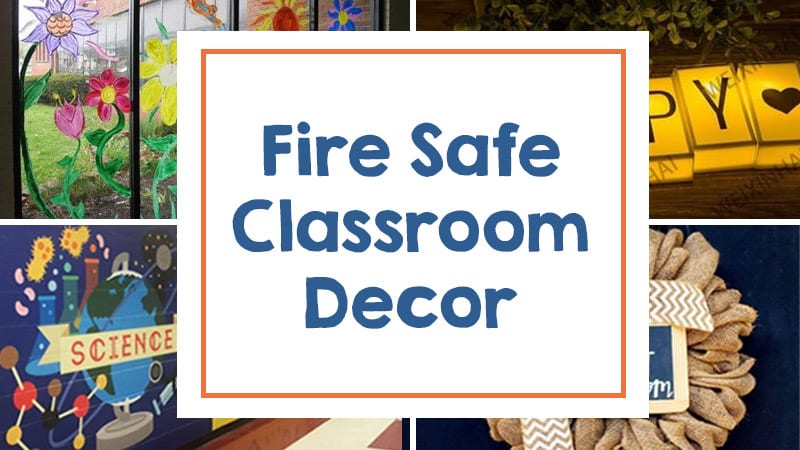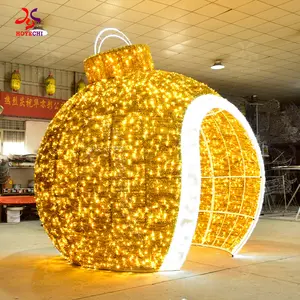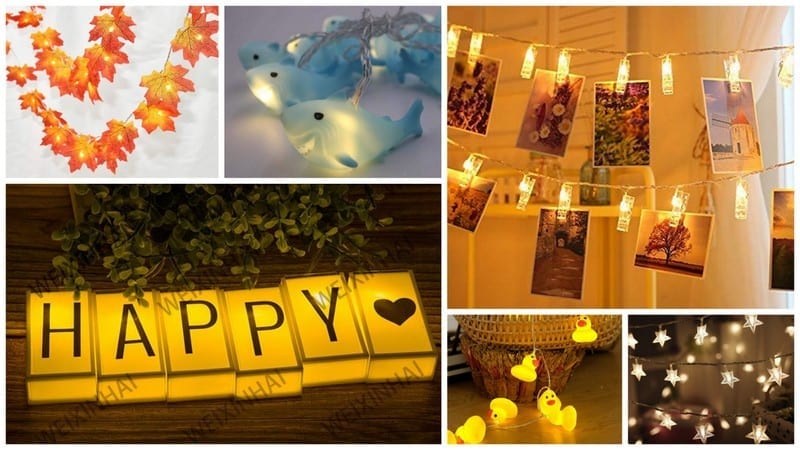When it comes to creating a warm and inviting home, decorations play a crucial role. However, safety should always be a priority, especially if flammable materials are involved. In this comprehensive guide, we’ll explore the world of fire-resistant decorations, sharing personal experiences, practical tips, and considerations to help you make informed choices. From fabrics and finishes to architectural elements, we’ll dive deep into making your space both beautiful and secure.
Understanding Fire Resistant Decorations
Fire-resistant decorations are materials and products designed to withstand heat and flames, minimizing the risk of fire hazards. Choosing fire-resistant options doesn’t mean compromising on style—there are plenty of chic and trendy choices available. Here, we’ll discuss the various categories of fire-resistant decorations, their importance, and how they can contribute to your home’s overall safety.
Why Fire Resistance Matters
Fire resistance is crucial not only for safety but also for peace of mind. Here are a few reasons why investing in fire-resistant decorations is essential:

- Safety: Protects your home and loved ones from fire hazards.
- Insurance Discounts: Many insurance companies offer discounts for fire-resistant materials.
- Long-lasting: Fire-resistant materials often have longer lifespans and can endure harsh conditions.
- Environmentally Friendly: Many fire-resistant materials are also made from sustainable sources.
Types of Fire Resistant Decorations

Fire-resistant decorations come in various forms. Below, we’ll categorize them for easier selection based on your preferences.
1. Fabrics and Upholstery

Fabrics can be a major fire hazard if not properly treated. Manufacturers often create fire retardant textiles by applying a chemical treatment or using inherently fire-resistant fibers. Here’s a comparison of common types:
| Fabric Type | Description | Fire Resistance Rating | Pros | Cons |
|---|---|---|---|---|
| Polyester | A synthetic fiber that can be treated for fire resistance. | Flame Retardant | Durable, affordable | Can melt under extreme heat |
| Cotton | A natural fiber that can be treated. | Variable (untreated is highly flammable) | Soft, breathable | Requires treatment to be effective |
| Wool | Inherently fire-resistant natural fiber. | Highly Flame Resistant | Natural, sustainable | More expensive |

Personal Experience with Fire Resistant Fabrics
In my own home, I opted for fire-resistant upholstery for my living room. Initially, I was apprehensive about the aesthetic impact but was pleasantly surprised to find designs that were not only stylish but genuinely comfortable. My favorite couch is made from a flame-retardant polyester blend, and it has held up beautifully against spills and wear while providing me with peace of mind.

2. Window Treatments
Windows are another area where flammable materials can pose risks. Selecting the right window treatments is essential.

- Fire-Resistant Curtains: Look for options labeled with the NFPA (National Fire Protection Association) compliance.
- Blinds: Wooden or metal blinds can be safer alternatives to fabric curtains.
- Shutters: Fire-resistant shutters offer additional protection and can enhance your home’s aesthetic.
3. Wall Treatments

Wall decorations contribute significantly to the décor and can also be fire-resistant. Consider the following options:
- Fire-Resistant Paint: Specialized paints can prevent flames from spreading.
- Wall Coverings: Vinyl and fiberglass panels are often available in fire-resistant versions.
- Tapestry: Certain tapestry materials are treated for flame resistance, adding texture and safety to your walls.
4. Home Accessories
Fire-resistant accessories can enhance both safety and style in your home. Here are some ideas:
- Cushions: Look for cushions filled with fire-resistant foam.
- Decorative Objects: Glass, metal, or ceramic items can be visually appealing and safe.
- Artworks: Invest in artwork protected with non-combustible frames.
How to Choose Fire Resistant Decorations
Selecting the right fire-resistant decorations involves consideration of several factors:
1. Material Safety Standards
Always check for compliance with safety standards such as the NFPA or ASTM (American Society for Testing and Materials). Legitimate products will often carry certifications or labels indicating their fire-resistant properties.
2. Aesthetic Preferences
Find designs that fit your home’s style. Fire-resistant options come in various colors, patterns, and styles, so you don’t have to compromise aesthetics for safety.
3. Budget Considerations
While some fire-resistant decorations may be more expensive, consider the long-term benefits of investing in safety. Balance between quality and affordability is key.
4. Personal Lifestyle
Consider your lifestyle when choosing fire-resistant decorations. For families with pets or children, durable and easy-to-clean materials can be crucial.
Pros and Cons of Fire Resistant Decorations
Like any home improvement decision, there are pros and cons to incorporating fire-resistant decorations:
Pros
- Enhanced safety and reduced fire risks.
- Potential insurance discounts.
- Durable and long-lasting options.
- Wide variety of styles available.
Cons
- Initial costs may be higher.
- Some materials may not be as stylish as their non-fire-resistant counterparts.
- Requires regular maintenance and cleaning.
Frequently Asked Questions (FAQ)
1. Are all fire-resistant materials chemical-treated?
No, some materials like wool are inherently fire-resistant without chemical treatments, while others like polyester require specific treatments to enhance their fire resistance.
2. How can I tell if a fabric is fire-resistant?
Look for labeling that indicates compliance with fire safety standards, like those from the NFPA or ASTM. When in doubt, consult the manufacturer.
3. Do fire-resistant decorations look different from regular decorations?
Not necessarily. Many fire-resistant options are available in a variety of styles and designs that are indistinguishable from non-fire-resistant versions.
4. Can fire-resistant decorations be washed or cleaned normally?
It depends on the material. Always check the care label for specific instructions, as some fire-retardant treatments can wear off after repeated washing.
5. Are there DIY fire-resistant treatment options?
Yes, there are fire-retardant sprays available that you can apply to certain fabrics. However, ensuring proper application and checking for safety certifications is essential.
Conclusion
Choosing fire-resistant decorations is an essential step toward creating a beautiful and safe living environment. By balancing style and safety, you can confidently enhance your home while ensuring that fire hazards are minimized. Remember to check safety standards, consider your personal preferences, and invest in quality materials that promise both durability and aesthetic appeal. Your home deserves nothing less!
We hope this guide has provided valuable insights on fire-resistant decorations. Whether you’re redecorating or updating your space, prioritizing safety doesn’t mean sacrificing style. Dive into your decorating journey with confidence, knowing you are making a wise choice for your home and family!